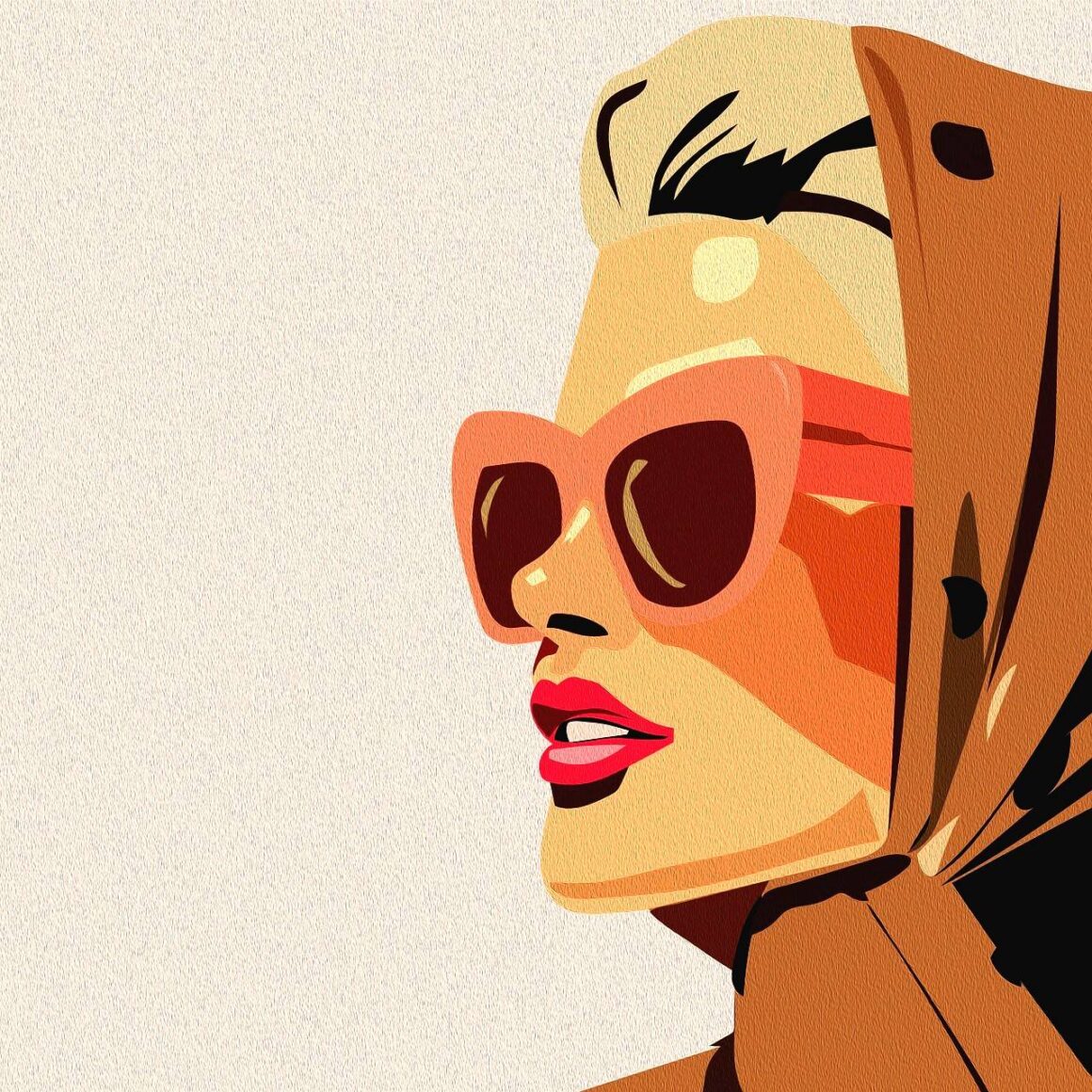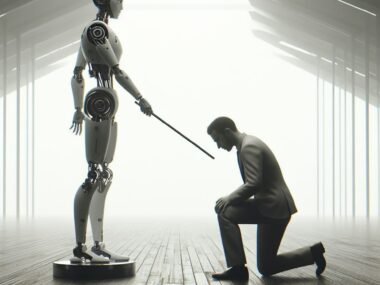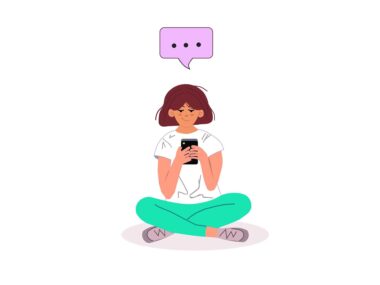For decades, fashion forecasting was equal parts intuition, taste, with some educated guesses thrown in. Analysts studied runway collections, cultural shifts, street style to predict what people would want next season.
It worked…sort of but it was far from precise. Forecasting could miss the mark, leading to wasted fabric and unsold inventory.
Now, artificial intelligence is stepping in. Instead of relying on instinct, AI ingests enormous amounts of data. Runway photos, social media posts, e-commerce activity and translates them into trend forecasts. These aren’t vague predictions about what might look good. They’re concrete insights into what styles are gaining momentum, while predicting how long a trend is likely to last.
How the Machines See Style
Companies like Heuritech in Paris and GeoStyle (backed by Amazon) are leading the way. Their AI platforms use image recognition to scan millions of fashion-related images uploaded every day. They’re noting whether it’s oversized or cropped. Whether it’s paired with jeans or skirts, where in the world people are wearing it.
That analysis produces a granular picture of how trends spread. AI can detect a silhouette in Tokyo, a color palette bubbling up in New York, or a fabric trending among influencers in São Paulo. From there, predictive analytics estimate how long the momentum will last. Is this just a seasonal microtrend? Does it have the potential to shape fashion for years?
Microtrends are fast, fleeting, often sparked by pop culture or celebrity moments. Macrotrends are a slow-burn but are more influential. These reflect cultural shifts like gender-fluid design that can last for years. AI tracks them in real-time, helping brands pivot quickly.
The Problem of Fragmented Culture
All of this is happening at a time where the idea of a single, dominant fashion trend no longer exists. Culture has splintered into niches: cottagecore here, Y2K revival, normcore. Social media accelerates this fragmentation, creating micro-communities with their own styles and aesthetics.
This is where AI feels both essential yet limited. It excels at spotting the rise of a niche (say, cowboy boots making a comeback on TikTok). Yet algorithms can’t always capture why something is trending. They see patterns, but they don’t grasp the cultural nuance that drives people to adopt or abandon a trend. That still requires human judgment.
Efficiency Meets Creativity
Beyond spotting what’s next, AI also helps fashion brands manage how much to produce. Smarter forecasting means fewer unsold clothes, less fabric wasted. In theory, this makes fashion more sustainable. A big deal for an industry long criticized for its waste.
At the same time, personalization has become very important. Instead of designing for the broadest audience possible, brands can now use AI insights to tailor products to specific groups. A niche trend no longer feels too small to matter.
AI is not replacing creativity in fashion. It’s reshaping how creativity interacts with commerce.
The story isn’t just about technology. It’s about a culture that no longer moves in unison. In a world of fractured tastes, there may never be another “one trend to rule them all.” Instead, fashion’s future may look like what AI already sees. Dozens of small, overlapping movements, each shaping the industry in its own way.






